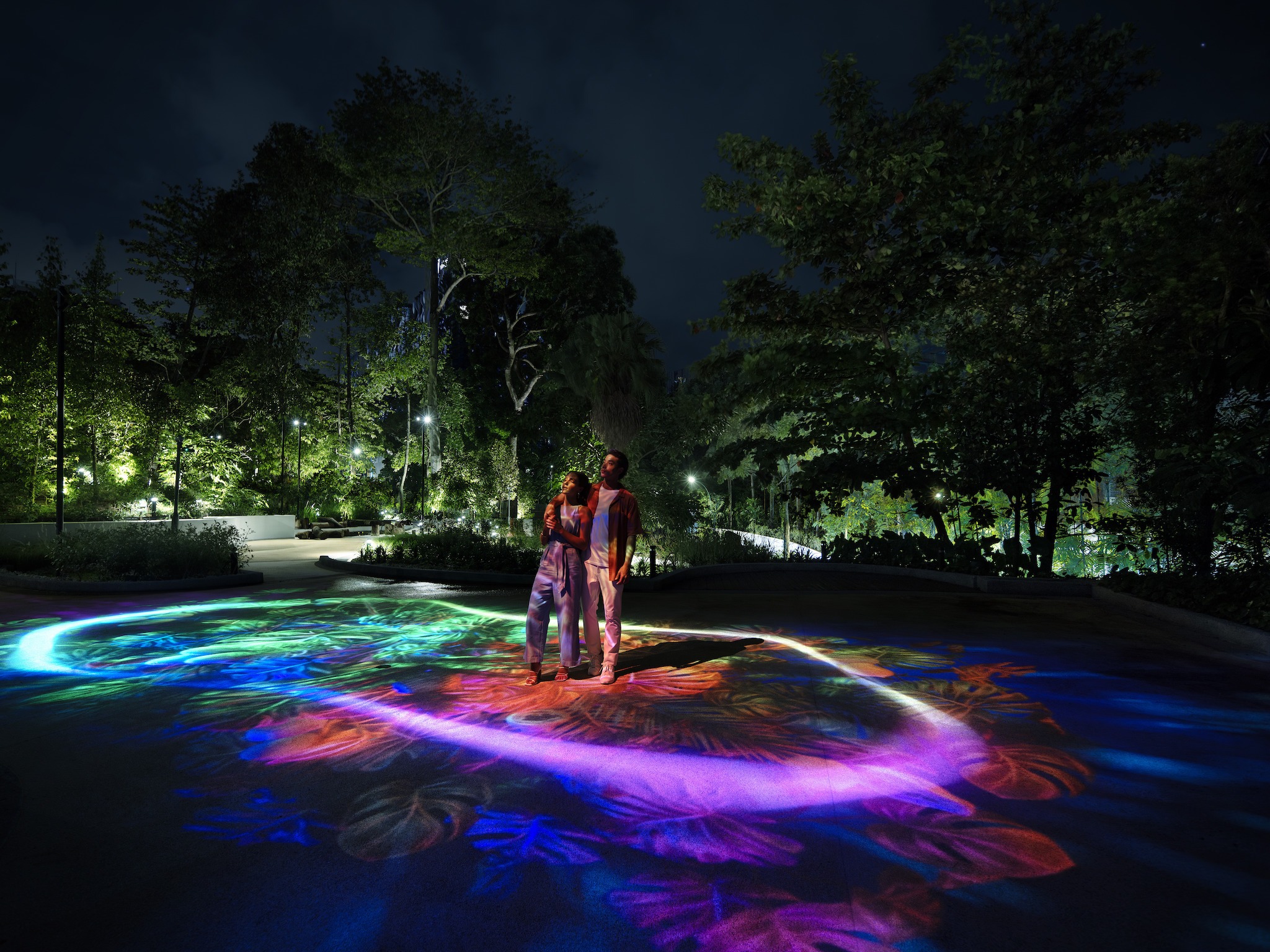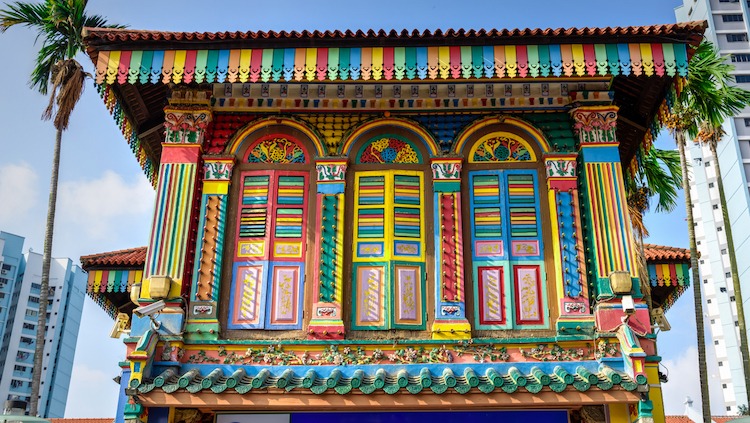History and Introduction of the Peranakan Culture in Singapore
Peranakan culture in Singapore, also known as Straits Chinese or Baba-Nyonya culture, has a rich and colorful history that dates back to the 15th century. Peranakan refers to the descendants of Chinese immigrants who came to the Malay Archipelago, including Singapore, Malaysia, and Indonesia, and intermarried with the local Malay, Indonesian, and later, Indian communities.
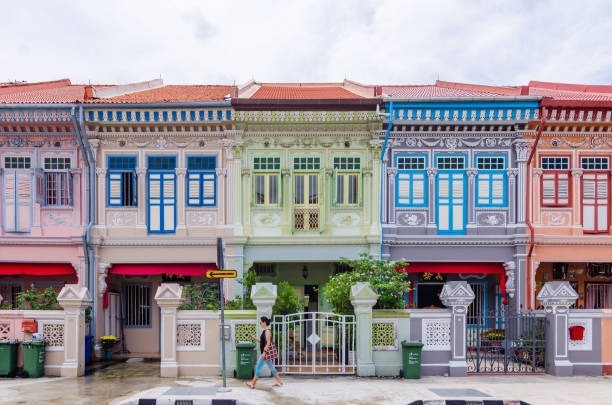
Here’s a brief overview of the history of Peranakan culture in Singapore:
- Arrival of Chinese Immigrants: The Peranakan culture began to take root in Singapore when Chinese traders, mainly from the southern regions of Fujian and Guangdong, settled in the area during the 15th and 16th centuries. These immigrants came for various reasons, including trade opportunities and escaping political unrest in China.
- Intermarriage and Cultural Fusion: Over time, many Chinese immigrants married local Malay or Indonesian women. This intermarriage resulted in the blending of Chinese, Malay, and Indonesian cultures, giving rise to a unique Peranakan culture with its distinctive customs, language (known as Baba Malay), clothing, and cuisine.
- Emergence of the Baba-Nyonya Community: The male descendants of these mixed marriages were called Babas, while the female descendants were known as Nyonyas. They formed a distinct Peranakan community in Singapore, with their own set of traditions and practices.
- Architectural Influence: Peranakan culture also made its mark on Singapore’s architecture. Peranakan shophouses, characterized by their vibrant colors, ornate facades, and intricate ceramic tiles, can still be seen in neighborhoods like Chinatown, Katong, and Joo Chiat.
- Traditional Clothing: The Peranakan culture is famous for its colorful and intricately embroidered traditional clothing, known as “kebaya” for women and “baju panjang” for men. These garments are often worn during cultural festivals and special occasions.
- Cuisine: Peranakan cuisine, often referred to as Nyonya or Straits Chinese cuisine, is a unique blend of Chinese, Malay, and Indonesian flavors. Dishes like laksa, ayam buah keluak, and kueh-kueh (traditional desserts) are popular examples of Peranakan culinary heritage.
- Language and Culture Preservation: Despite the challenges of assimilation and modernization, efforts have been made to preserve and celebrate Peranakan culture in Singapore. Cultural institutions, museums, and community organizations play a vital role in keeping Peranakan traditions alive.
- Contemporary Peranakan Culture: Today, Peranakan culture in Singapore is a vibrant and integral part of the nation’s cultural mosaic. Many Peranakans continue to celebrate their unique customs, especially during festivals like Chinese New Year and Hari Raya Puasa (Eid al-Fitr). Peranakan weddings, with their traditional ceremonies and attire, also showcase the enduring legacy of this culture.
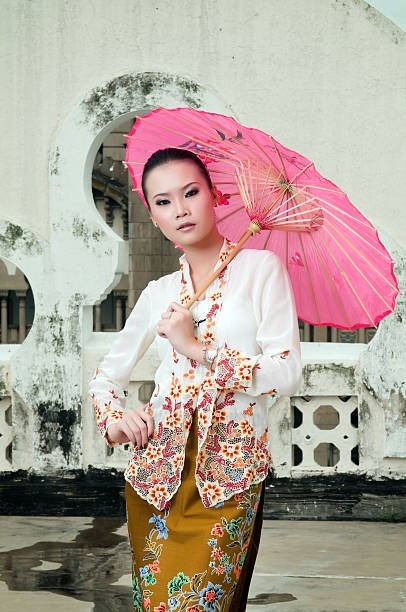
Don’t miss out on 10% OFF Kim Choo Kueh Chang peranakan delicacy!
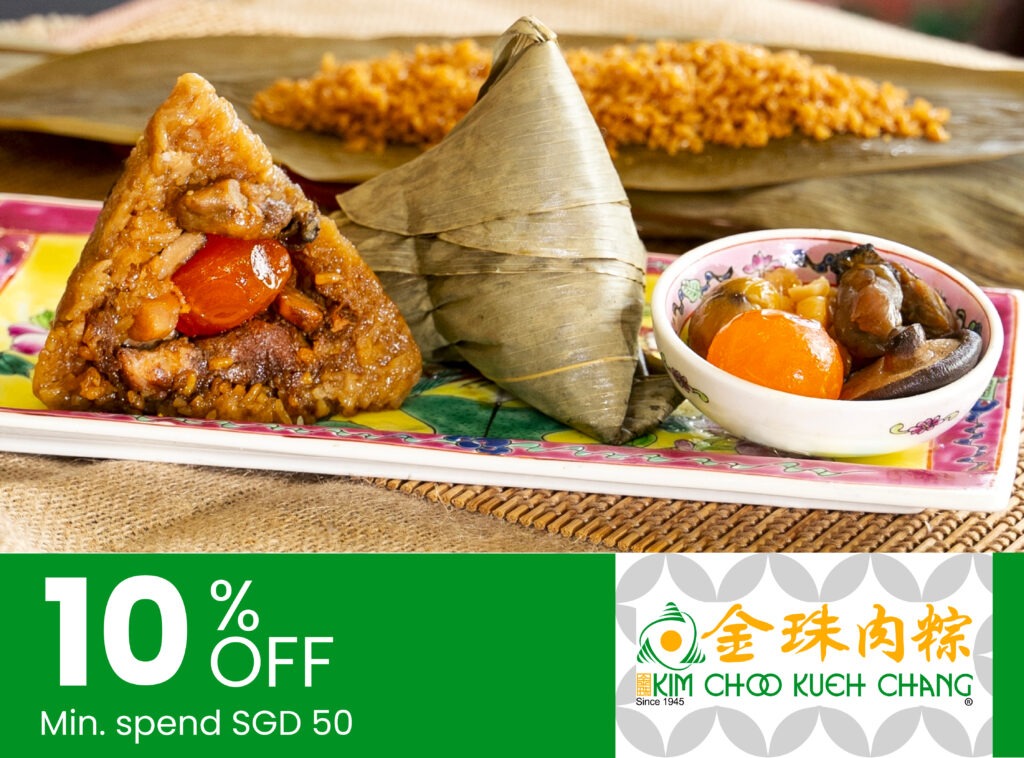
Location: Singapore Visitor Centre @Kim Choo Kueh Chang
Address: 111 E Coast Rd, Singapore 428801
Opening hours:
| Friday | 10 am–5 pm |
| Saturday | 10 am–5 pm |
| Sunday | 10 am–5 pm |
| Monday | 10 am–5 pm |
| Tuesday | 10 am–5 pm |
| Wednesday | 10 am–5:30 pm |
| Thursday | 10 am–5 pm |
About Kim Choo Kueh Chang
Kim Choo Kueh Chang’s Nyonya rice dumplings have been a mainstay in Singapore’s diverse epicurean tapestry since 1945. Many covet its rich taste, finely woven around the humble delicacy. But more importantly is its ability to preserve the traditional, unyielding to the hands of time and untainted by the modern. Madam Lee Kim Choo managed a humble store under a Banyan Tree at the cross junction of Joo Chiat Place and Everitt Road in the early 1940s. Today, her name is synonymous with the precinct’s rich Peranakan heritage and her Nyonya rice dumplings.


